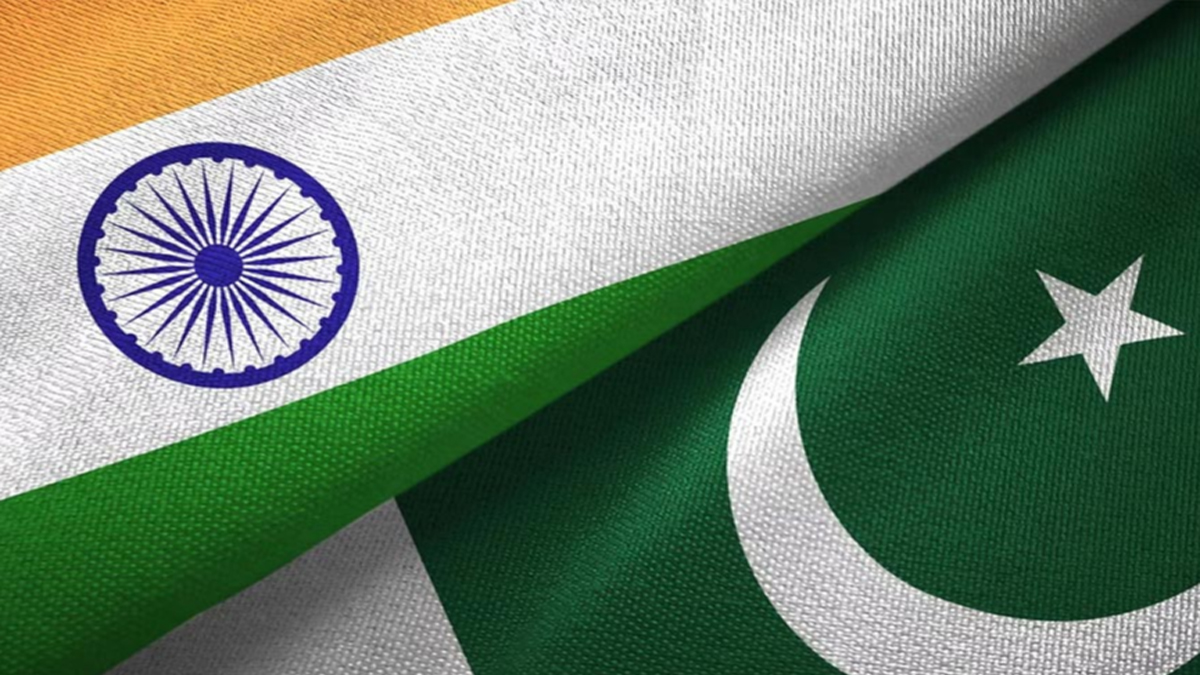
In the volatile landscape of South Asia, the military balance between India and Pakistan has tilted decisively in India’s favour, casting a long shadow over any prospect of conflict. India’s growing defence capabilities, coupled with Pakistan’s economic fragility, mean that a war would not only be militarily disastrous for Pakistan but could also push its economy into an abyss from which recovery might be impossible. The Pakistan Army’s persistent brinkmanship risks catastrophic consequences for a nation already on its knees.
India’s Overwhelming Military Superiority
India’s military superiority is undeniable. With a defence budget of $81.4 billion in 2024, India outspends Pakistan’s $10.4 billion nearly eightfold, enabling investments in cutting-edge technology and force modernization. India’s 1.4 million active personnel dwarf Pakistan’s 650,000, and its air force boasts 2,200 aircraft, including advanced Rafale jets and Su-30 MKIs, compared to Pakistan’s 800, reliant on aging F-16s and JF-17s. The Indian Navy, with two aircraft carriers and 150 warships, dominates the Arabian Sea, while Pakistan’s 100 vessels, mostly frigates and submarines, struggle to project power. A 2025 Military Watch Magazine analysis underscores India’s edge in missile technology, with the Agni-V ICBM and BrahMos supersonic cruise missiles outclassing Pakistan’s arsenal. Even Pakistan’s nuclear deterrent, once a strategic equalizer, is increasingly offset by India’s second-strike capabilities and ballistic missile defenses, as noted in a 2024 RUSI report.
Strategic Partnerships and Pakistan’s Isolation
This imbalance is compounded by India’s strategic partnerships. Collaborations with the United States, France, and Israel have bolstered India’s access to advanced weaponry and intelligence, while Pakistan’s alliances with China and Turkey are strained by economic dependence and limited technological transfers. Posts on X reflect Pakistani concerns over obsolete equipment and funding shortages, with internal military documents reportedly revealing severe readiness gaps. India’s ability to sustain a prolonged conflict, backed by a $1.4 trillion economy (2025 nominal GDP), contrasts sharply with Pakistan’s $330 billion economy, crippled by debt and inflation.
Economic Collapse
The Cost of War For Pakistan, the economic impact of a war would be apocalyptic. Already teetering on the brink, Pakistan faces a 23% inflation rate, a plummeting rupee, and a $130 billion external debt, with $26 billion due in 2025 alone. A 2025 Eurasia Review article warns that conflict with India would disrupt trade, halt remittances ($29 billion annually), and deter foreign investment, pushing GDP growth into negative territory. The China-Pakistan Economic Corridor (CPEC), a $62 billion lifeline, would grind to a halt, as China prioritizes its own security over Pakistan’s ambitions. War would also exacerbate internal unrest, with Baloch and Pashtun insurgencies targeting military and economic infrastructure, as seen in recent attacks on Gwadar port.
Lessons from History
Historical precedent underscores the peril. The 1999 Kargil conflict, though limited, cost Pakistan billions and isolated it diplomatically. A full-scale war today could see Karachi’s port blockaded by India’s navy, choking 90% of Pakistan’s trade. Energy shortages, already acute with 12-hour load-shedding, would worsen as fuel imports stall. The IMF, which approved a $7 billion bailout in 2024, would likely suspend aid, as it did during past conflicts, leaving Pakistan without a financial safety net. A 2023 ORF analysis estimates that a month-long war could shrink Pakistan’s economy by 10-15%, with recovery taking decades.
The Fallacy of Strategic Parity
The Pakistan Army’s rhetoric of “strategic parity” through nuclear weapons or proxy warfare is dangerously outdated. As Christine Fair argues in *Fighting to the End*, Pakistan’s reliance on jihadist groups to provoke India risks inviting overwhelming retaliation, with India’s Cold Start doctrine enabling rapid, punitive strikes. General Asim Munir’s reported return to “covert adventurism,” as noted in a 2025 Indian Express article, could miscalculate India’s resolve, triggering a conflict Pakistan cannot sustain. Even a limited skirmish would drain Pakistan’s $8 billion foreign reserves, forcing default on debt payments and plunging millions into poverty.
A Path to De-escalation
Pakistan’s leadership must recognize this stark reality: war with India is not a viable option. De-escalation, not provocation, is the path forward. Confidence-building measures, such as reviving backchannel diplomacy or trade talks, could ease tensions and unlock economic benefits, as suggested in a 2024 East Asia Forum piece. Redirecting military spending to education and healthcare— where Pakistan ranks 164th and 154th globally—would address root causes of instability. Above all, the army must cede political space to civilian governance, allowing economic reforms to take root before the nation collapses under its own weight. Pakistan stands at a crossroads. India’s military dominance is a fact, not a challenge to be met with bluster. A war would not only be a military rout but an economic death knell, condemning generations to hardship. The Pakistan Army must choose restraint over recklessness, for the alternative is a disaster that no amount of propaganda can conceal.
